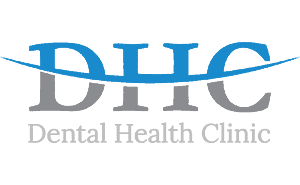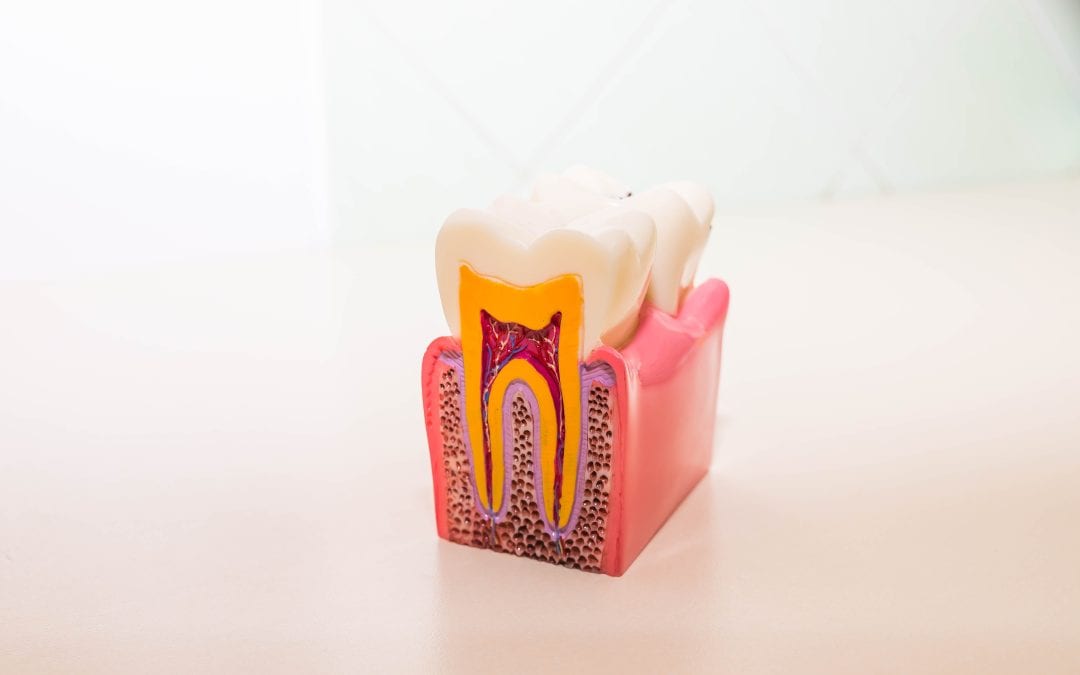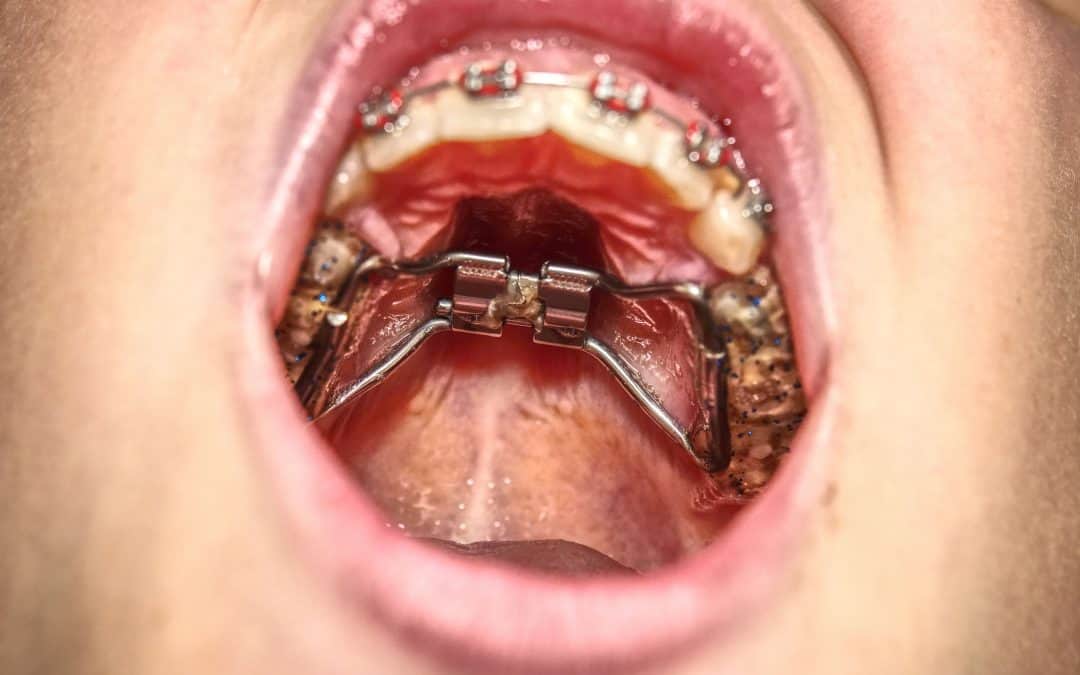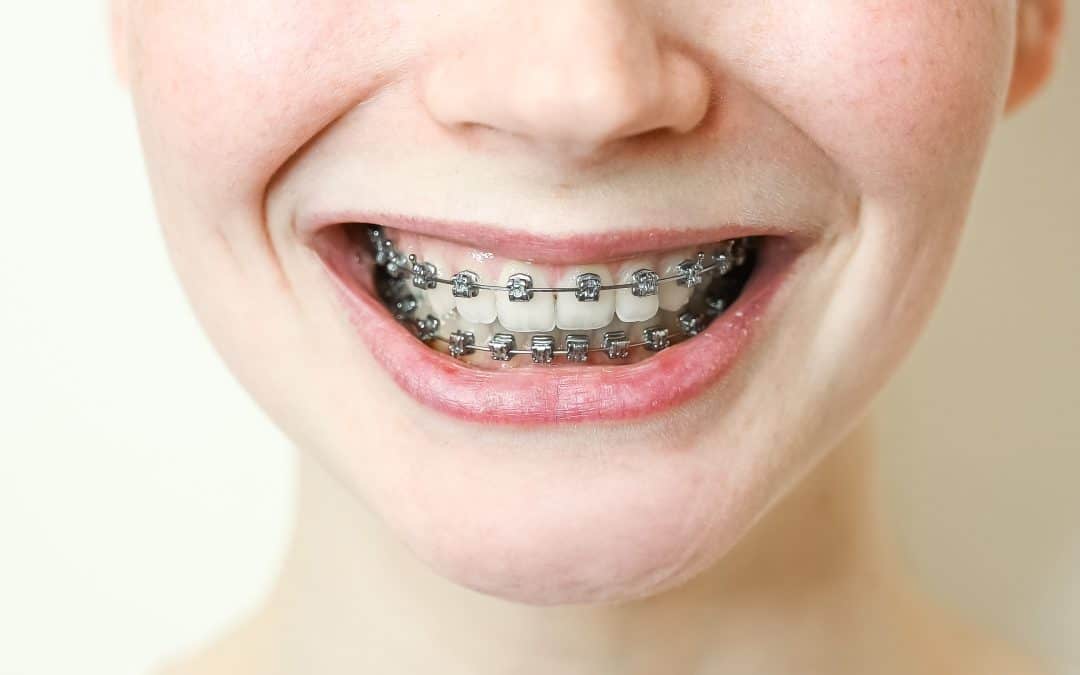Misaligning teeth can significantly impact one’s self-esteem, yet treatments exist to correct misalignments of these vitally essential smiles. We will explore various methods available for correcting misalignments in detail here, along with their causes, impactful health implications, and associated costs – so that by the time this article ends, you’re equipped to make informed decisions regarding improving your smile by misaligned teeth treatment. Let’s explore everything in detail!
Straightening misaligned teeth is not just about creating a beautiful smile; it’s about aligning your path to confidence, comfort, and a healthier future
Understanding Misaligning Teeth
Misaligning teeth (known scientifically as malocclusion) refers to any improper alignment between upper and lower teeth. This misalignment may manifest through overcrowding, gaps, overbites, underbites, or crookedness and should be taken seriously as misalignments not only alter the aesthetics of your smile.
But can also contribute to various dental issues, including difficulty cleaning, increased risk for gum disease, or jaw pain if they remain unattended for too long. It’s therefore vitally important that issues related to overcrowding of teeth be addressed quickly so as not to affect your oral and overall well-being!
Common Reasons for Misaligning Teeth
Genetics:
Genetics plays an enormous role in shaping our bodies, including dental alignment. If both your parents had misalignments of their teeth, you have an increased chance of inheriting those characteristics yourself.
Childhood Habits:
Certain childhood habits such as thumb-sucking, extended use of pacifiers beyond infancy, and prolonged bottle or sippy cup usage may contribute to misalignments among children’s teeth.
Missing Teeth:
Gaps left by missing teeth can result in nearby ones shifting positions, ultimately leading to misalignment over time.
Issues With Jaw Growth and Development:
Issues related to jaw development can directly affect how teeth align.
Tongue Thrusting:
Some individuals habitually push their tongue against their teeth when swallowing, which may contribute to malocclusion of their bite.
How do you fix misaligned teeth?| Treatment Options
Now, let’s discuss the various treatment options available:
Orthodontic Braces
Orthodontic braces have long been recognized as an effective method for overcrowding of teeth. Applying constant, gentle pressure on each tooth gradually shifts them to their desired positions over time. Traditional braces consist of brackets affixed to every tooth with wires connecting them; these systems have proven very successful at treating overbites, underbites, the crookedness of the jawbones, and over/underbites.
Cost
Traditional metal braces can range from $2,000 to over $5,000 depending on their complexity, type (metal, ceramic, or Damon braces), duration, and expected treatment results.
Lingual Braces
Lingual braces offer many of the same advantages of traditional front-facing varieties while remaining virtually undetectable to most observers from the front. This option may appeal to individuals seeking efficient results without aesthetic concerns associated with traditional braces.
Cost
ingual braces are more costly than their traditional counterparts, typically costing $4,000-8,000 or higher.
Retainers
Retainers are commonly employed types of braces post-orthodontic treatment to maintain newly aligned teeth. Additionally, they can be employed for minor tooth adjustments and come in various types, including Hawley retainers (removable), clear retainers, and fixed retainers that adhere directly to the backs of your teeth.
Cost
Retainer prices in the UK will depend on the type and material used, with costs typically ranging between $150 to over $500 depending on what is best suited to each patient’s specific needs.
Veneers
Dental veneers are thin shells crafted of porcelain or composite material and fitted to the front surface of teeth to improve aesthetic appearance and alignment. Although veneers do not correct misalignments like braces, they can effectively conceal minor misalignments to enhance the overall smile aesthetic.
Cost
Dental veneer costs can range from $400 to $1,000 per tooth.
Invisalign
Invisalign is an increasingly popular alternative to traditional braces for misaligned teeth treatment. The treatment utilizes clear removable aligners explicitly tailored for each patient that gradually repositions their teeth over time. They’re virtually undetectable and easily removable for eating or oral hygiene needs – making Invisalign an attractive choice.
Cost
The typical range for these clear aligners for crooked teeth falls between $2,500 and $5,500, depending on their complexity and the number of aligners needed.
Tooth Extraction and Braces
In cases of extreme overcrowding, tooth extraction may be suggested before initiating orthodontic treatment with braces. Extracting one or more teeth allows space to be created so the remaining ones may align more efficiently, reducing the need for extensive orthodontic adjustments.
Cost
Tooth extraction typically ranges between $50 to $350 per tooth, depending on its complexity and your dentist’s fees, on average.
Conclusion
Misaligning teeth can have a significant impact on both confidence and oral health. But with effective treatment options readily available. Misalignments have an opportunity to be transformed and improve the quality of life. With the costs of types of teeth misalignment and their treatments varying wildly between treatment providers, consultation must be held with an orthodontist who can assess your case individually and identify suitable options. If you are dealing with such dental issues, contact DHC, your ideal dental clinic. The clinic offers the best possible treatments at the best price. Visit and feel the difference.










